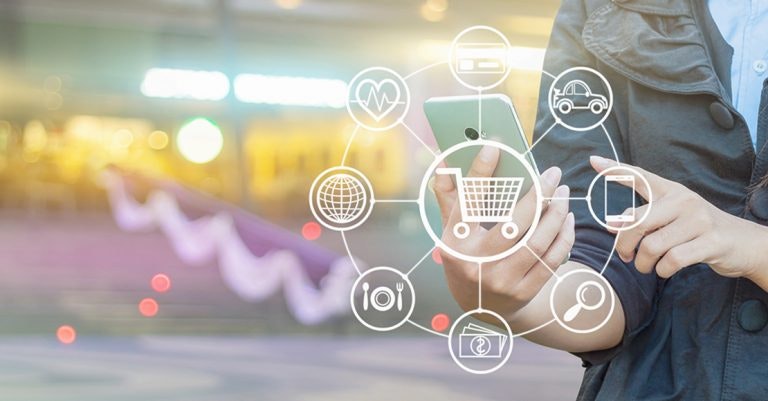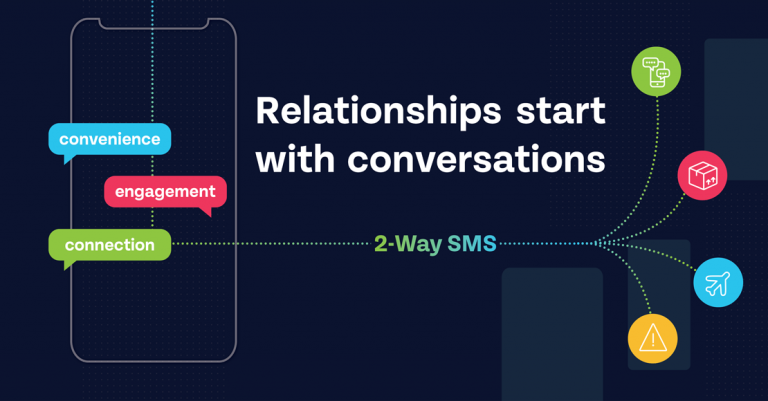
“89 percent of companies compete primarily on the basis of customer experience – up from just 36 percent in 2010. But while 80 percent of companies believe they deliver “super experiences,” only 8 percent of customers agree”. - Forbes Customer Experience report.
A chasm exists between what customers expect from their user experience and what companies are delivering. In this digital age, consumers have been conditioned to want and expect an integrated, seamless and efficient service in exchange for their hard-earned money, and digital marketers unable to meet these expectations will soon find themselves well behind the curve.
In 2020 and beyond, customer experience, as the numbers above indicate, is the key determining factor in sustaining and increasing revenue across most industries. Put simply, ensuring one’s customer base enjoys their experience with your company, leads to long-term customer relationships and increased brand equity.
Creating a connected customer experience – the non-negotiables
Customer-driven strategy
The old adage that the customer is king has never been truer than in our current digital marketplace. According to Time, 55 percent of consumers will spend an average of only fifteen seconds per product/site before moving on to a competitor if the user experience is not up to their expectations.
It is incumbent then for digital marketing teams to ensure that no matter their large business goals, they must always be aligned with a customer-driven ethic, meaning cogent and reliable Segmentation, Targeting, Differentiation, and Positioning imperatives are applied when designing the complete purchasing or shopping experience.
Personalization
According to marketing analyst Sharanya Manola, “personalization is the process of keeping in mind the needs and preferences of your audience so that you market the right product and experience to the right person at the right time”, ensuring a positive and practical customer experience.
The Harvard Business Review’s analysis on the science of customer emotions found that while customers who could be categorized as ‘connected’ accounted for only 22 percent of consumers, they could be relied on for a whopping 37 percent of revenue, while spending ‘on average, twice as much annually.’
Digital marketers know that designing a user experience with forethought and intentionality that speaks to relevant touchpoints and addresses consumers’ specific concerns, is non-negotiable. With competitors and alternative options just a click away, it is vital for long-term relationship-building to ensure everyone who interacts with a service, site or product feels valued.
Omnichannel approach
In 2020 and beyond, connected customer experiences are almost impossible without adopting omnichannel imperatives. Omnichannel marketing speaks to ensuring the customer is at the very center of a business’ strategy. Traditionally, for example, sales communications were often unrelated to marketing communications. This led to disjointed and often convoluted user experiences, with consumers being subjected to multiple, unrelated, and counter-productive communications.
Companies with well-defined omnichannel customer experience strategies in place achieve a 91 percent higher year-over-year customer retention rate, and this is due to the integrated efficiency of the omnichannel approach. It would do well for digital marketing professionals to remember that however enamored they themselves may be with their sophisticated systems and bitingly clever copy, consumers view most unnecessary or unsolicited advertising as intrusive. Ensuring you are offering value or at the very least efficiency, in exchange for a customer’s time, is key to creating a connected consumer experience.
Explore other articles
Step into the future of business messaging.
SMS and two-way channels, automation, call center integration, payments - do it all with Clickatell's Chat Commerce platform.








